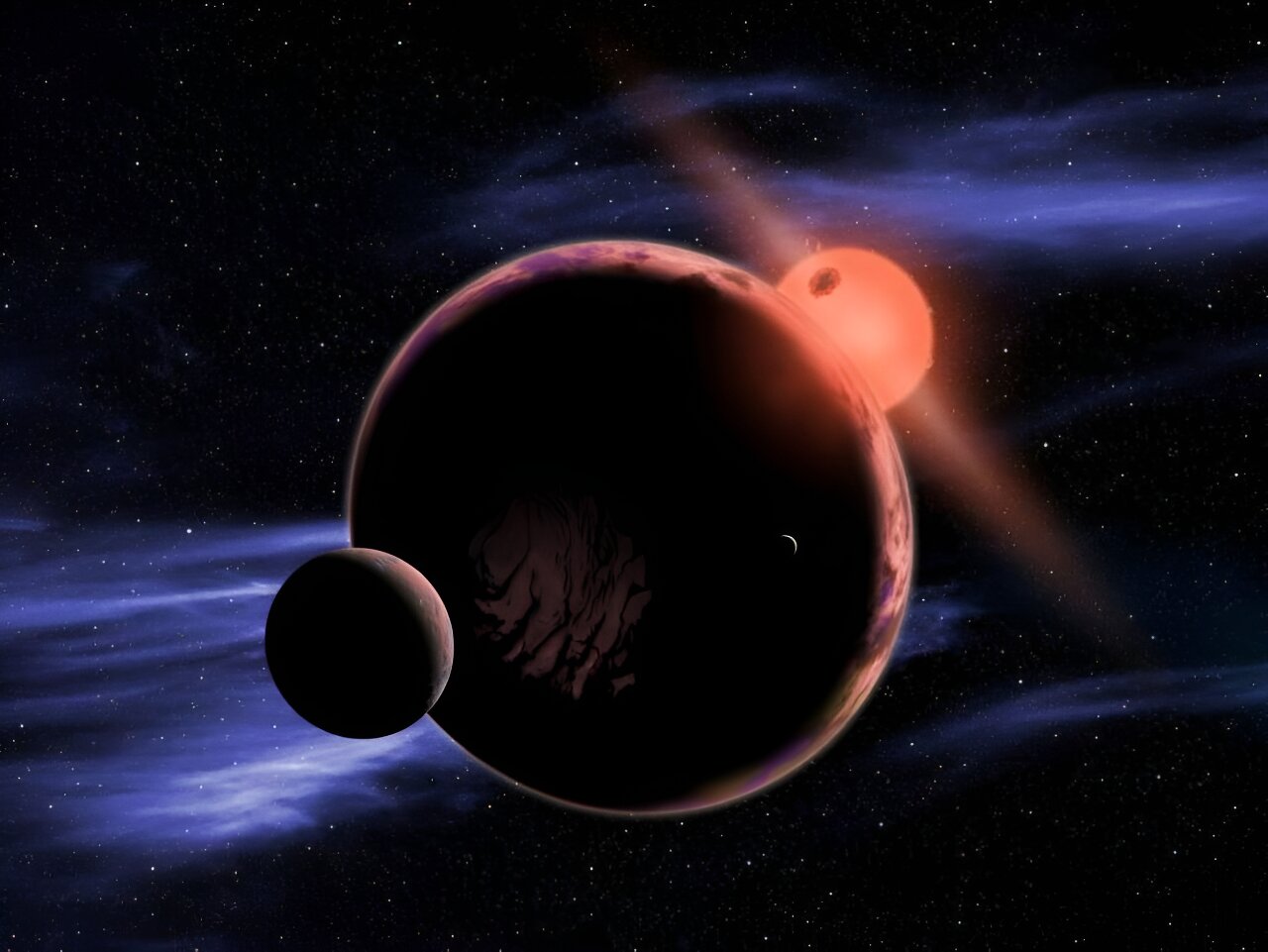Red dwarfs are the most common type of stars in the universe. However, they are famous for powerful flares, radiation from which can destroy life on their planets. Recently, scientists have tried to find out whether terrestrial life can survive in such conditions.

Dangerous Red Dwarfs
Recently, a group of scientists from Germany and Portugal tried to find out whether terrestrial life could withstand the conditions of a planet that orbits a red dwarf. Although worlds near other stars were discovered 30 years ago, scientists still do not know the exact answer to the question of whether biological evolution is possible there and whether life can reach the same heights as on Earth.
In particular, one of the most difficult topics remains the question of the possibility of life in red dwarf systems. These small stars make up the majority of the luminaries in our Galaxy. In addition, they have been around for an extremely long time. Therefore, biological organisms will have hundreds of billions of years to create a stable biosphere, and possibly give rise to civilization.
However, red dwarfs have several features at once that greatly reduce the likelihood of life on their planets. And the main one is the flares. They are similar to those that occur on the Sun and cause magnetic storms on Earth, only much more powerful.
In fact, the radiation from them is so strong that it could kill life on a planet orbiting in the red dwarf’s life zone. At least, that’s what some scientists say about it. But the authors of the new study decided to test this in a new research.
Terrestrial bacteria and radiation
In fact, even narrowed down to the issue of flares, the problem of life near red dwarfs turns out to be too broad. Therefore, the authors of the study narrowed it down and analyzed it only for a planet with the characteristic of Mars, i.e. it lacks a powerful magnetic field and a dense atmosphere.
Two of the most famous red dwarfs, Proxima Centauri and the TRAPPIST-1 star, were also taken as stars. And the microorganism Aspergillus niger acted as a test subject. It is a common inhabitant of terrestrial soils and is known for its ability to create black mold on fruits and vegetables.
The black color of the microorganism interested scientists. It is caused by the fact that this bacterium is surrounded by a dense shell of melanin, and this protein can dissipate up to 99.9 percent of radiation. In the human body, it is produced when you get a tan. Therefore, scientists decided to test whether it could protect Aspergillus niger spores from radiation.
Research results
The study was conducted in a chamber where bacteria were exposed to short-term radiation simulating flares on red dwarfs. The simulation was not accurate, but the scientists could draw conclusions.
It turned out that Aspergillus niger would not survive under direct radiation. But if there is at least a few centimeters of soil above it, it is quite possible. And this is a very important result, which shows the ability of melanin to protect it. The fact is that there are actually a lot of radiation-resistant microorganisms, so the chances that they will survive in the conditions of a planet orbiting a red dwarf are high.
According to phys.org
Follow us on Twitter to get the most interesting space news in time
https://twitter.comne/ust_magazine


